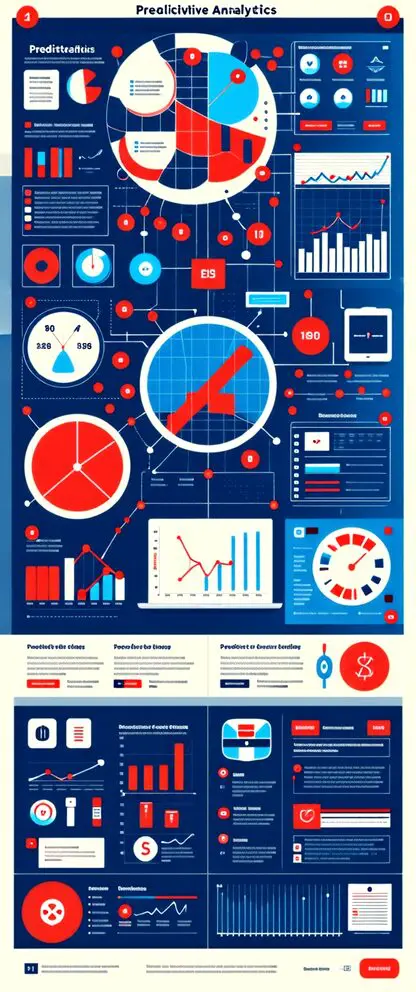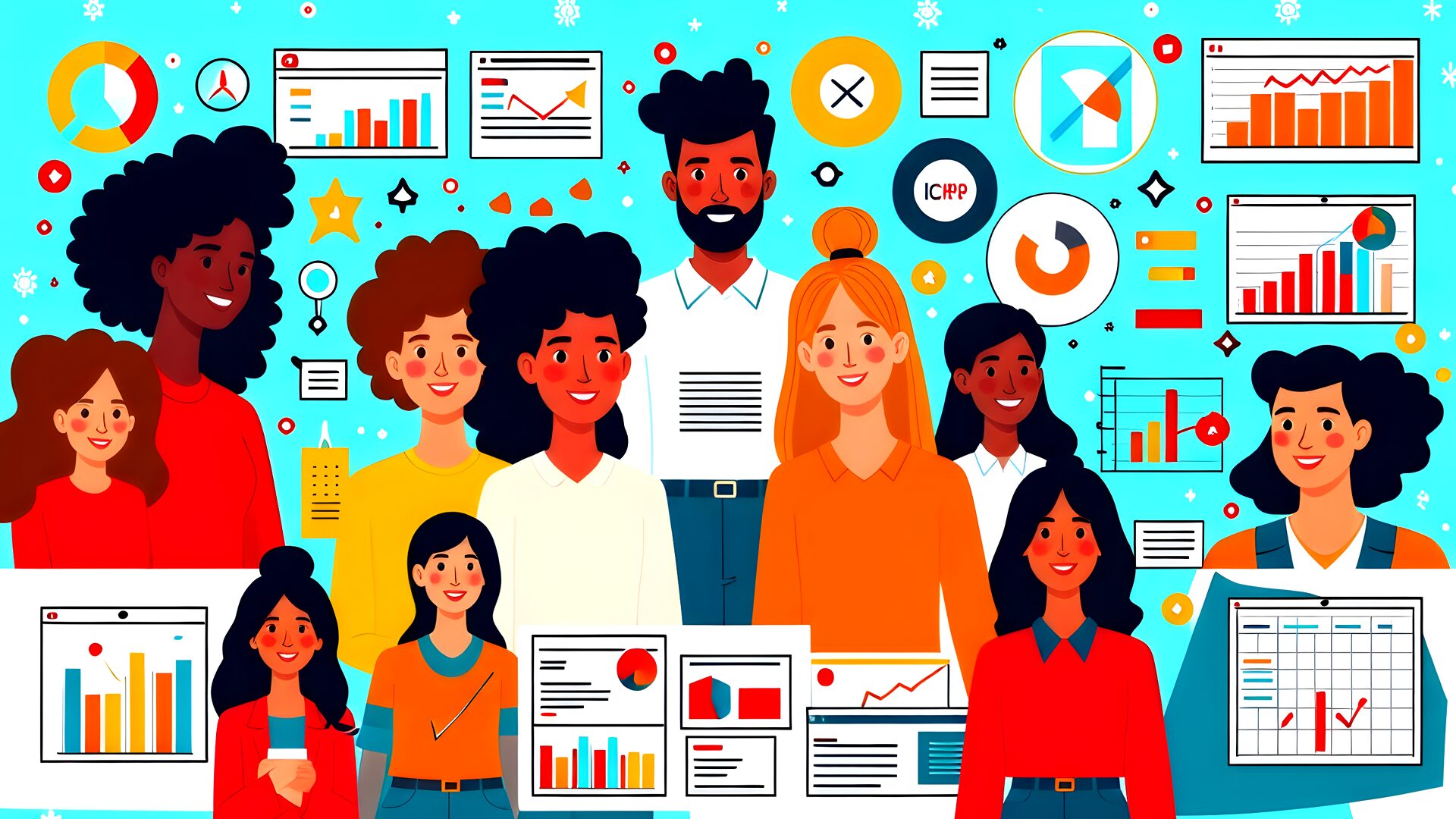In today's data-driven world, nonprofits like PIFster can harness advanced data analytics to identify and refine their Ideal Customer Profiles (ICPs).
Traditionally associated with sales and marketing in the for-profit sector, ICPs can guide nonprofits in targeting donors, beneficiaries, and partners more effectively. Data plays a critical role in nonprofit operations, allowing organizations to uncover patterns, predict behaviors, and gain actionable insights.
To begin with, nonprofits must clearly define their goals. Are they looking to attract new donors, expand their beneficiary base, or forge strategic partnerships? Having a focused objective ensures meaningful results from data collection and analysis.
For example, a nonprofit focused on education might aim to identify communities needing after-school programs, using analytics to pinpoint geographic areas, income levels, and other factors indicative of need. Data collection should involve various sources like internal records, public datasets, and third-party tools like Google Analytics or social media insights. This data must be well-organized and cleaned to ensure accuracy in the analysis process.
Predictive analytics plays a transformative role by using historical data to forecast future behavior. For nonprofits, this often involves segmenting audiences into distinct categories. For donors, analytics can identify high-value contributors, recurring supporters, and one-time givers. Predictive models can even forecast individuals most likely to increase their donations. Similarly, for beneficiaries, data can identify groups most in need of services, like discovering underserved neighborhoods through geospatial data. Machine learning models refine these segments over time, adapting to new data and changing patterns.
Social listening tools enhance a nonprofit's ability to connect with its audience. By analyzing conversations on social media platforms, nonprofits can understand public sentiment and identify emerging trends. This approach helps discover communities discussing causes aligned with their mission, identify influential voices, and develop ICPs based on shared values. For example, an environmental nonprofit might analyze hashtags related to climate change to find activists whose messages resonate with donors.

Data visualization tools like Tableau or Power BI make complex analytics accessible. By creating dashboards and heatmaps, nonprofits can identify geographic areas with high engagement potential, track the performance of outreach campaigns, and compare different audience segments. These visual insights empower leadership to make strategic, data-driven decisions. Analytics is not a one-time effort but an ongoing process. Nonprofits must continuously measure the effectiveness of their ICPs and refine them based on outcomes. Key performance indicators such as donation growth rates, program participation levels, and community engagement metrics must be monitored. Iterating on these insights ensures sustained growth and impact.
In summary, advanced data analytics is a necessity for nonprofits seeking to amplify their mission. By leveraging predictive analytics, social listening, and visualization tools, organizations can effectively identify and engage with new ICPs. The result is more focused outreach, stronger relationships, and a greater capacity to drive meaningful change.
More Information:
Adam Rojas
Bellmoore Consulting




